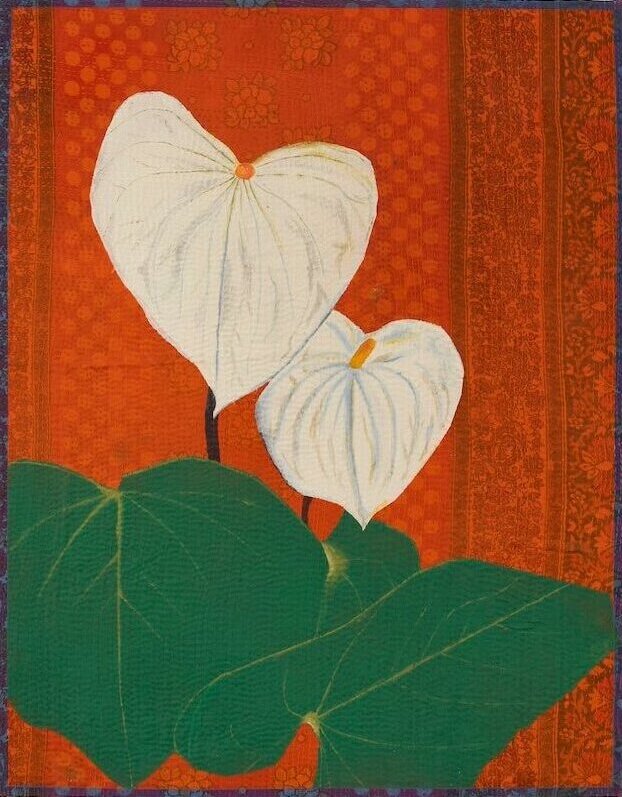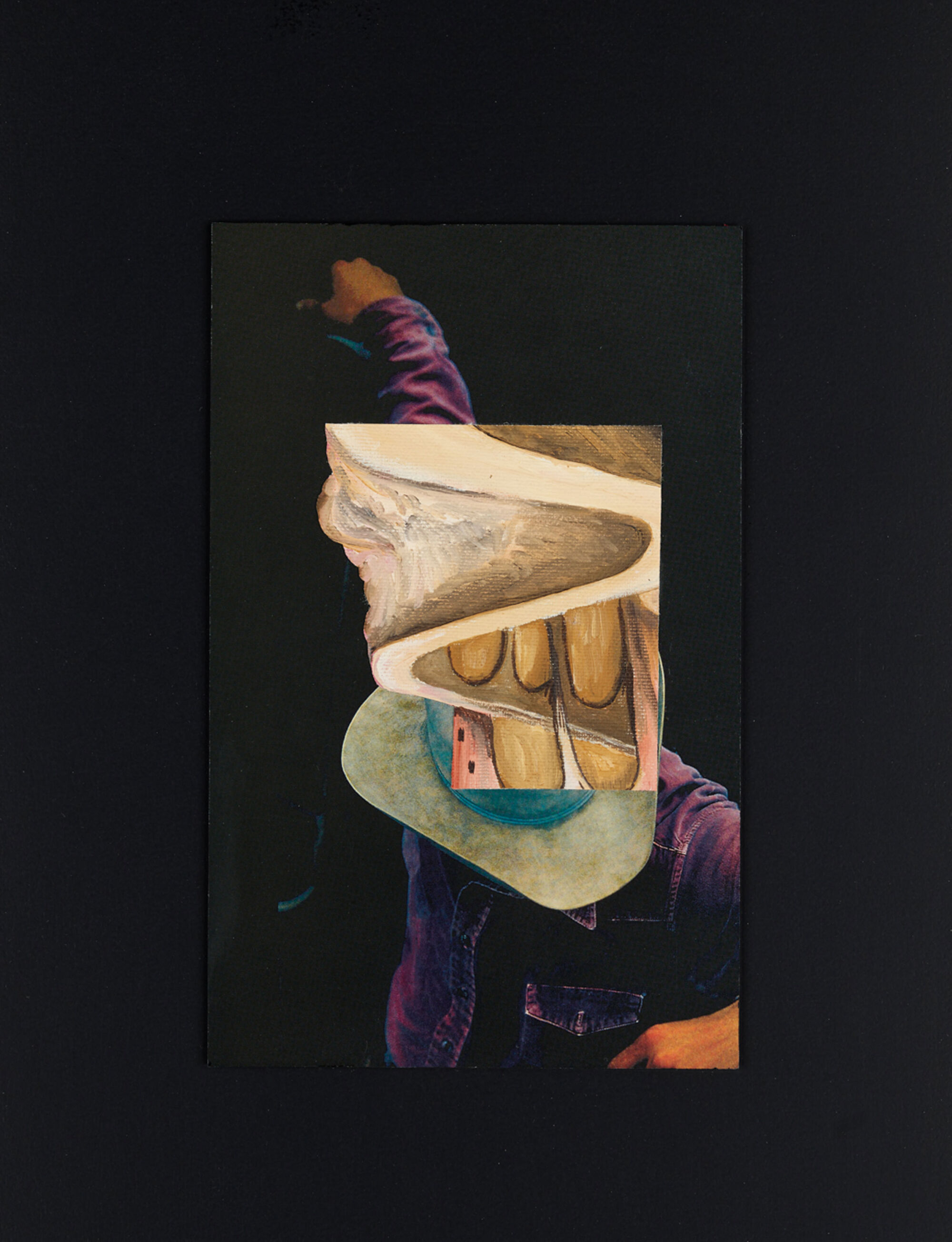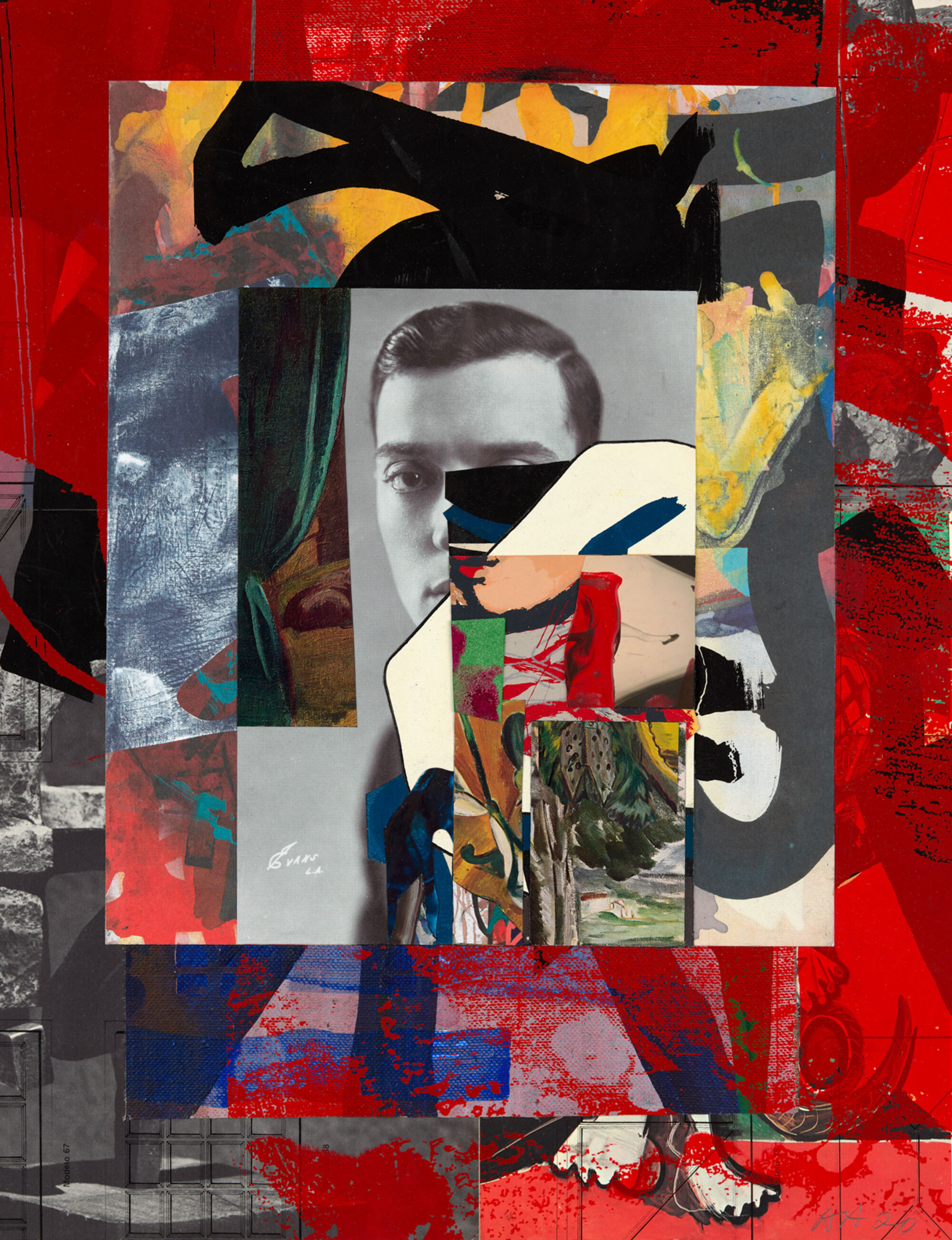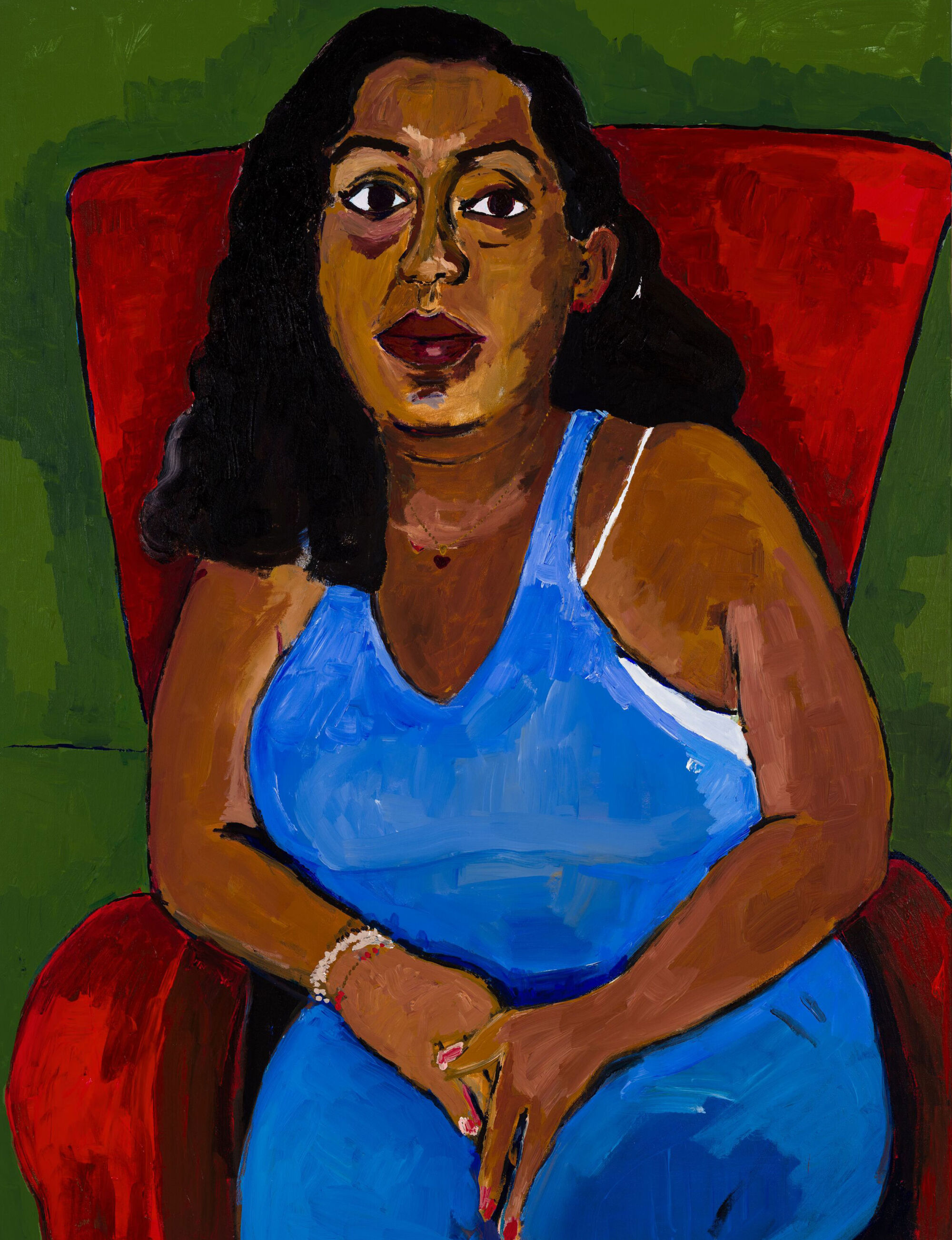
Above Henry Taylor
Portrait of my cousin GF: Dana Gallegos
2020
Acrylic on canvas
121.9 x 91.4 x 3.8 cm / 48 x 36 x 1 1/2 in
Photo: Fredrik Nilsen
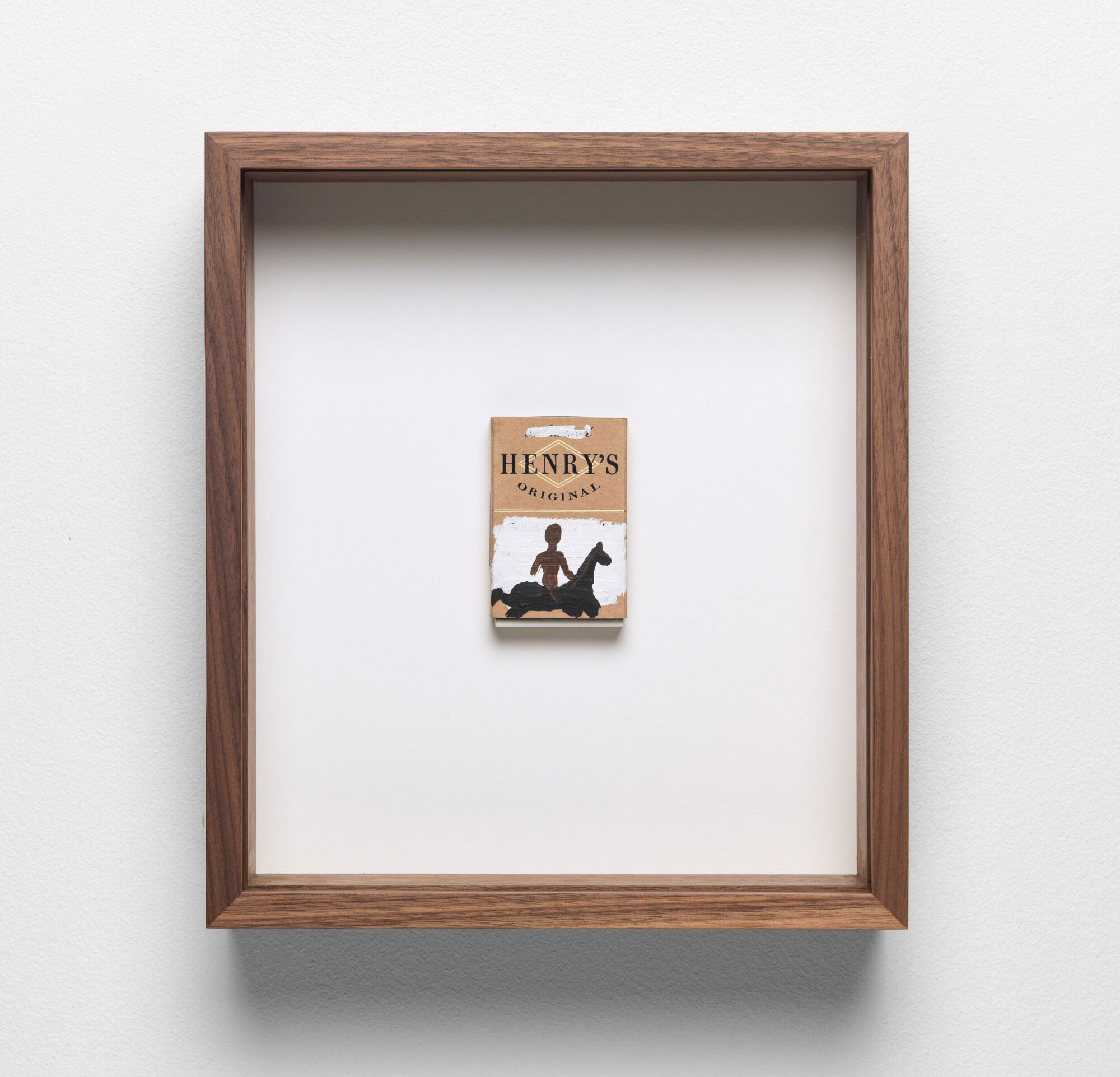
Above Henry Taylor
Untitled
2019
Acrylic on cardboard box
8.9 x 6 x 1.9 cm / 3 1/2 x 2 3/8 x 3/4 in
32.8 x 29 x 9.6 cm / 12 7/8 x 11 3/8 x 3 3/4 in (framed)
Photo: Ken Adlard
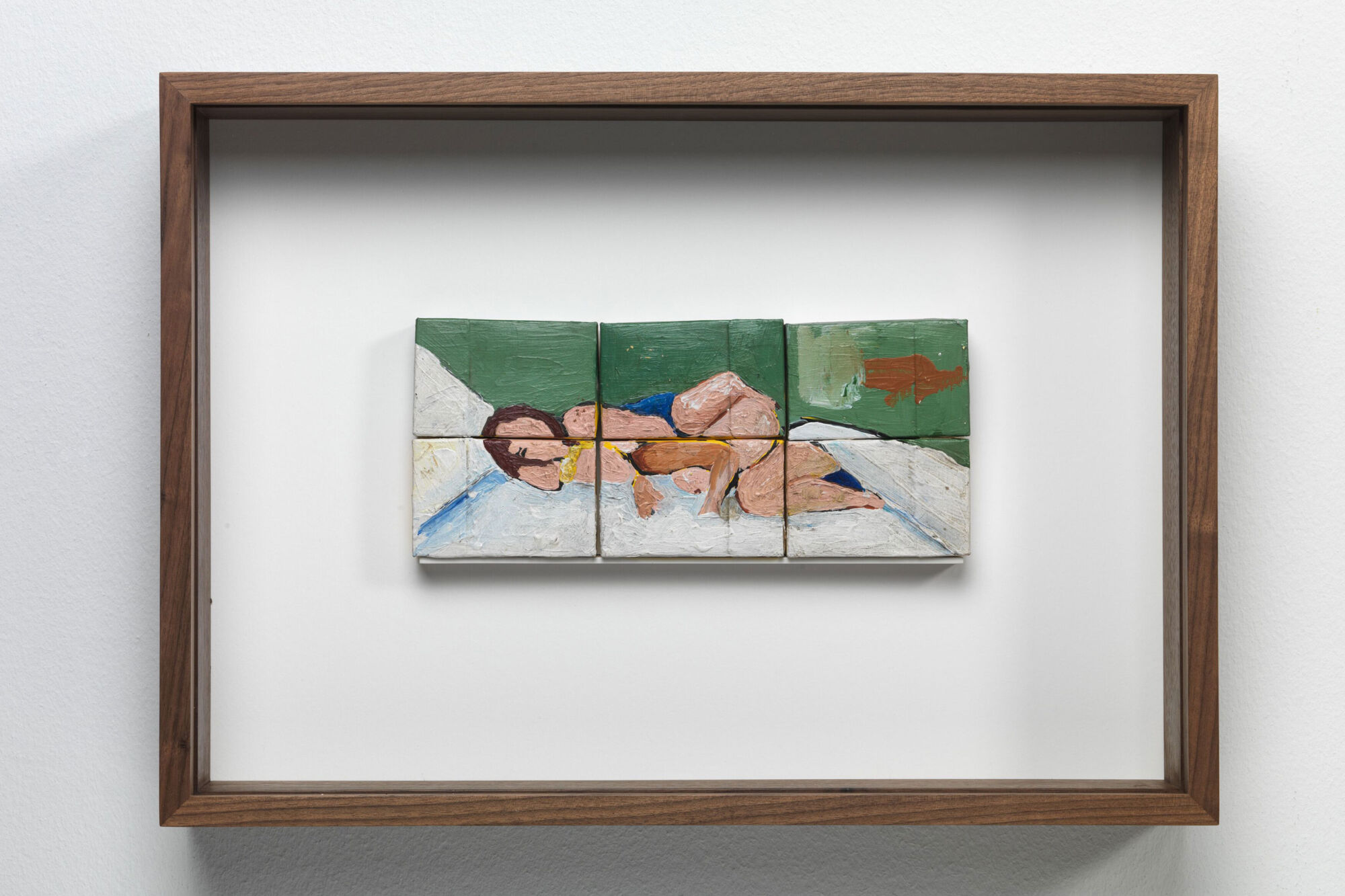
Above Henry Taylor
Untitled
2004
Acrylic on cardboard box
11.4 x 26.7 x 2.5 cm / 4 1/2 x 10 1/2 x 1 in
35.4 x 49.7 x 10.2 cm / 13 7/8 x 19 5/8 x 4 in (framed)
Photo: Ken Adlard
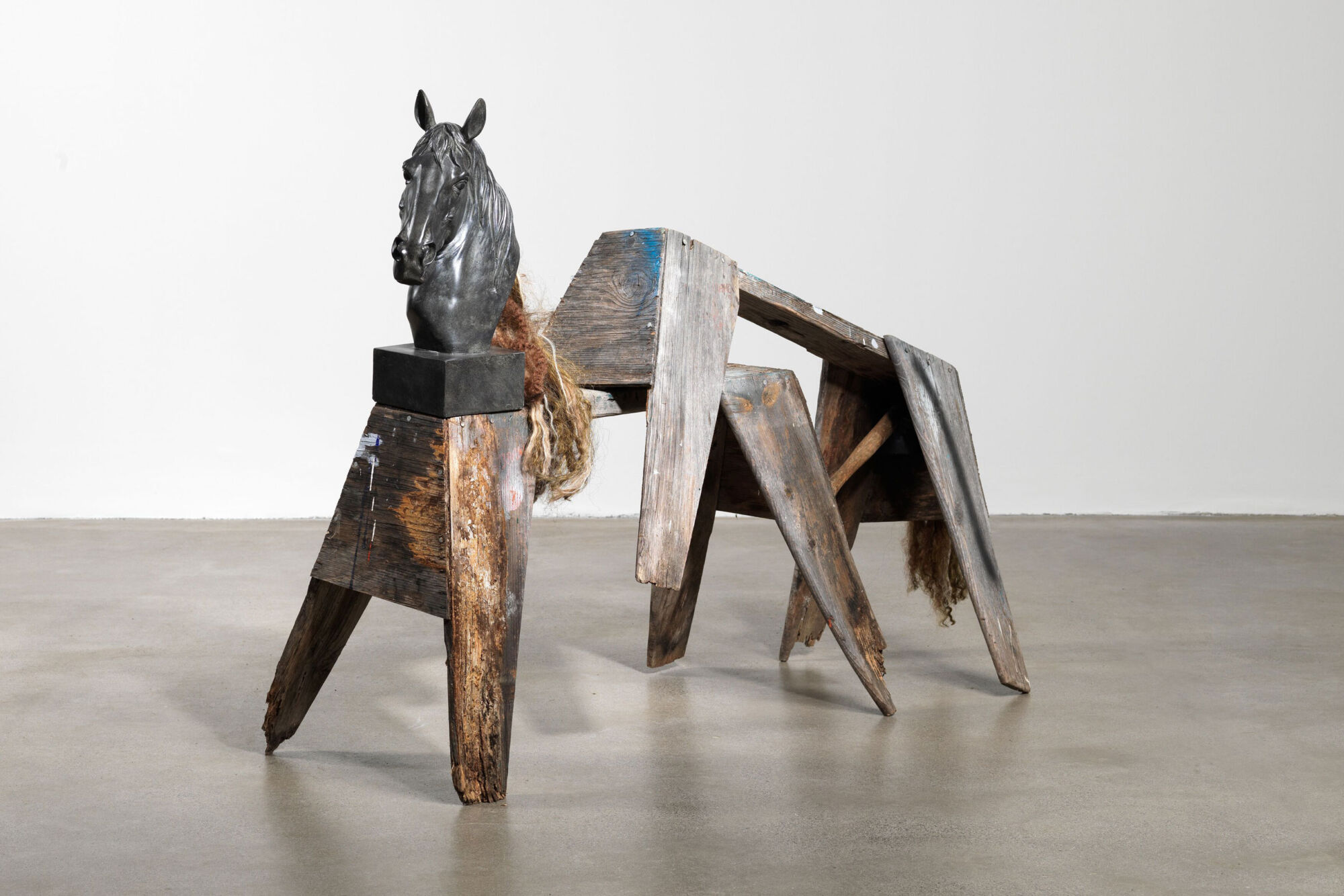
Above Henry Taylor
Untitled
2021
Mixed media
Unique
100.8 x 147 x 63.5 cm / 39 5/8 x 57 7/8 x 25 in
Photo: Ken Adlard

Above Henry Taylor
Untitled
2021
Mixed media
Unique
189.2 x 72.7 x 46.5 cm / 74 1/2 x 28 5/8 x 18 1/4 in
Photo: Ken Adlard
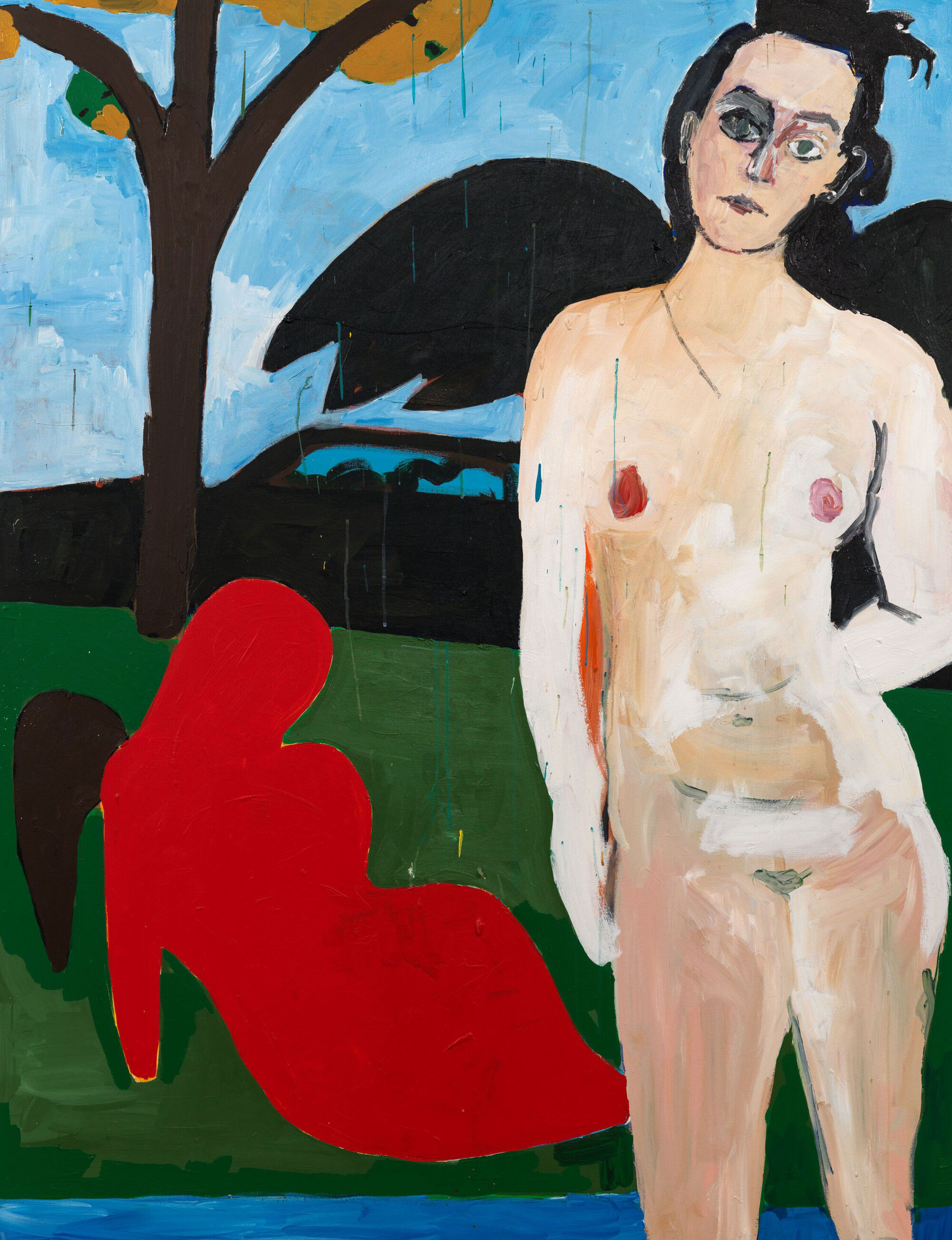
Above Henry Taylor
Untitled
2020
Acrylic on canvas
183.2 x 137.2 x 3.8 cm / 72 1/8 x 54 x 1 1/2 in
Photo: Ken Adlard
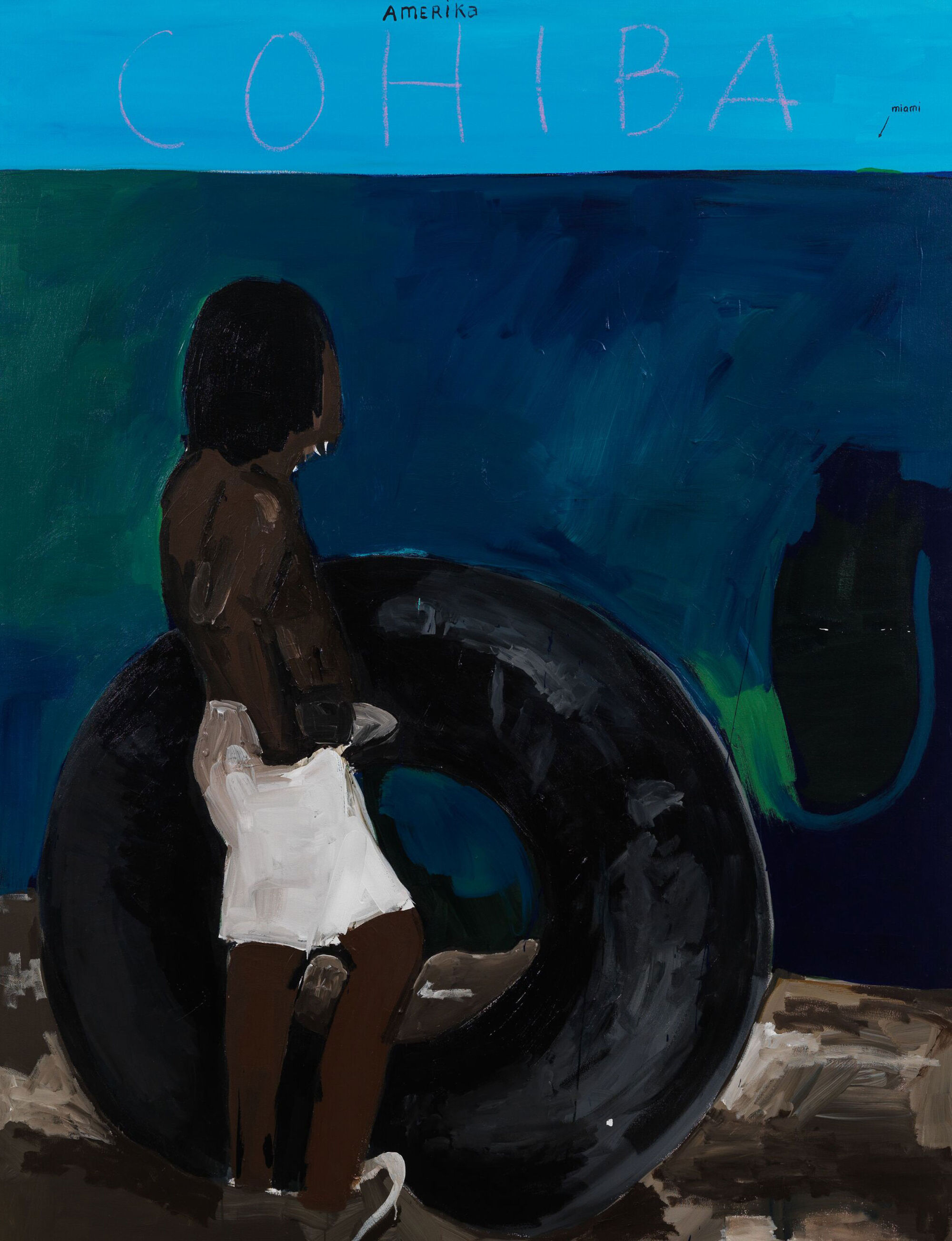
Above Henry Taylor
Untitled
2019
Acrylic and pastel on canvas
213.4 x 152.4 x 7.6 cm / 84 x 60 x 3 in
Photo: Ken Adlard
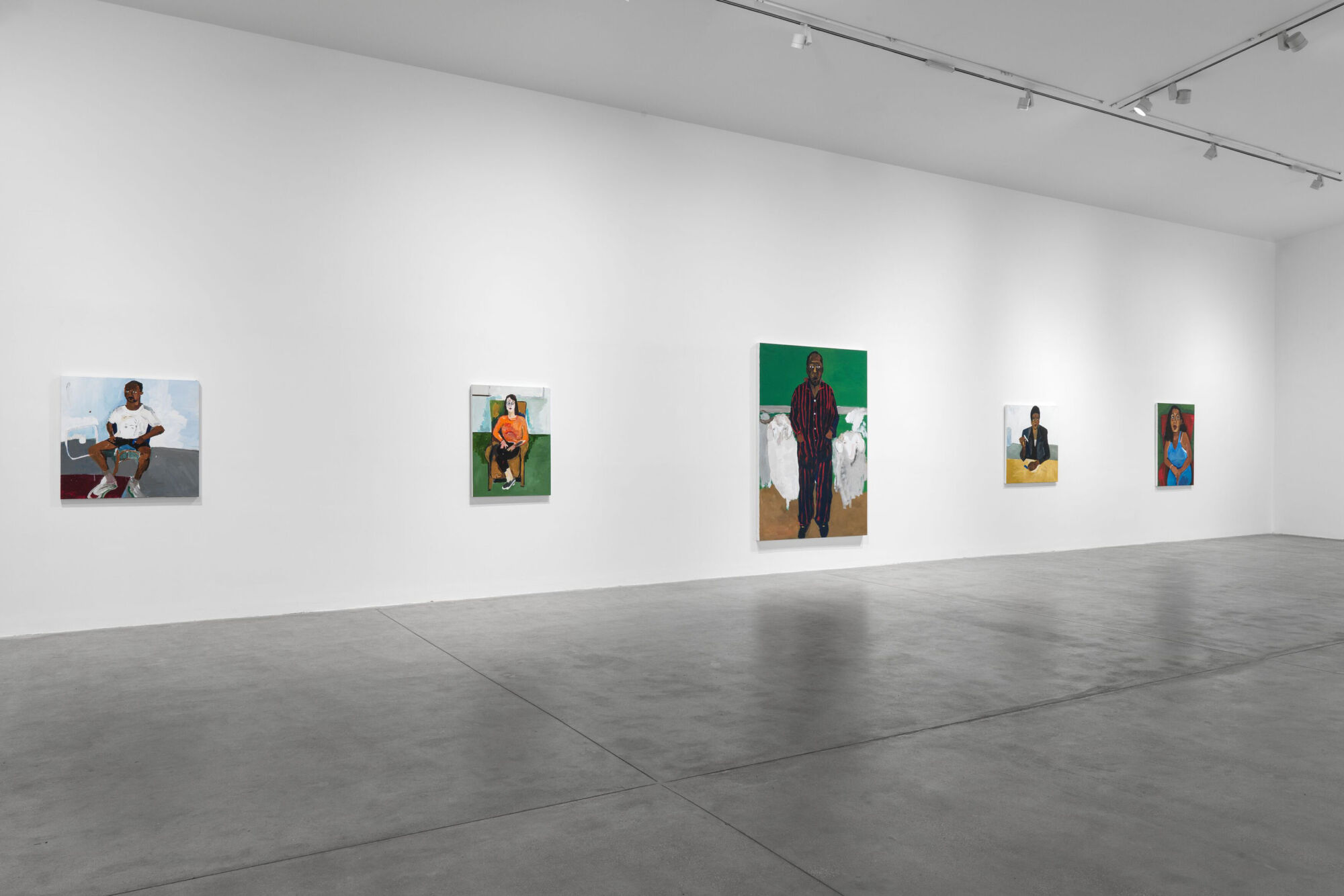
Above Installation view ‘Henry Taylor’ Hauser & Wirth Somerset 2021
Photo: Ken Adlard
Courtesy the artist and Hauser & Wirth © Henry Taylor
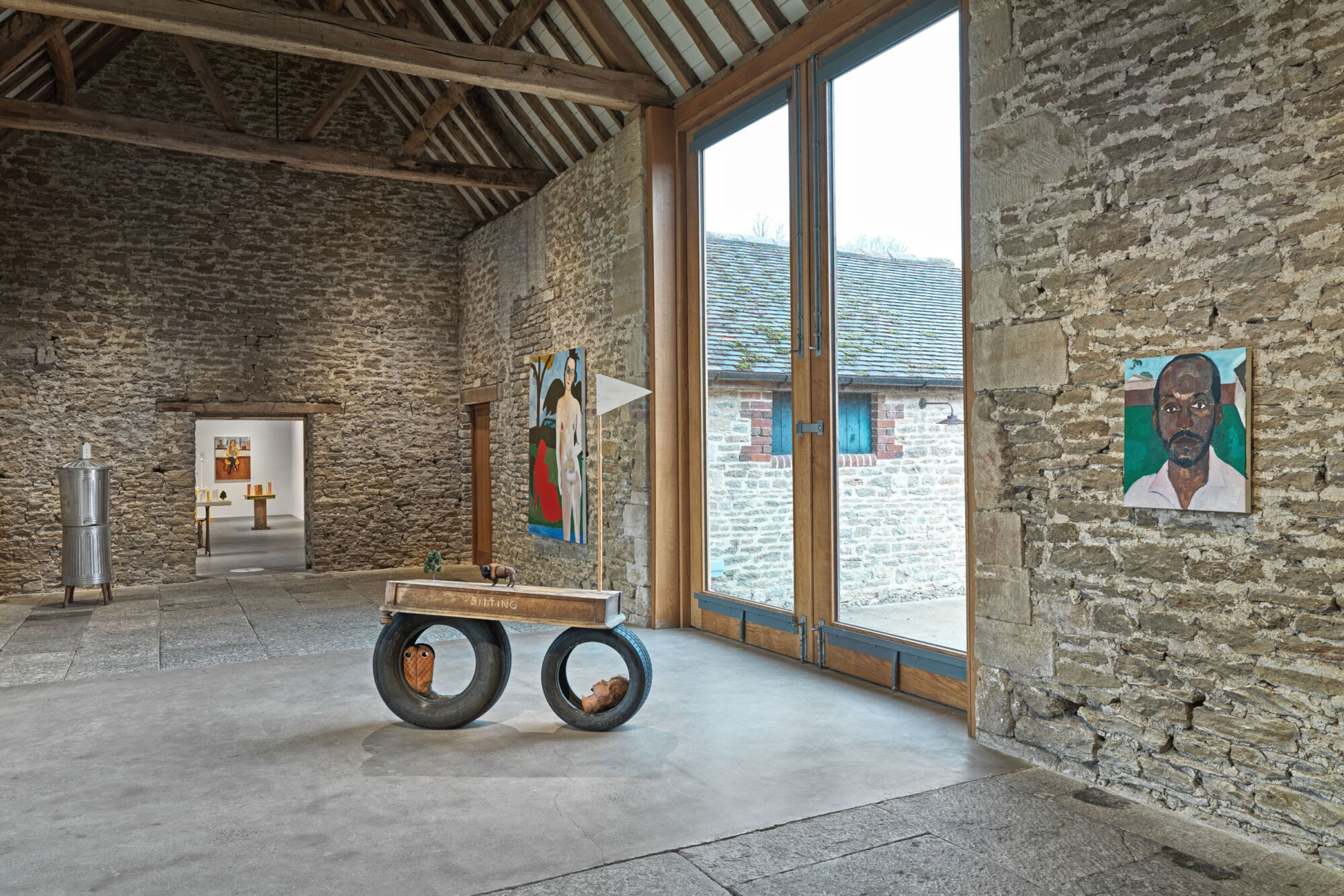
Above Installation view ‘Henry Taylor’ Hauser & Wirth Somerset 2021
Photo: Ken Adlard
Courtesy the artist and Hauser & Wirth © Henry Taylor
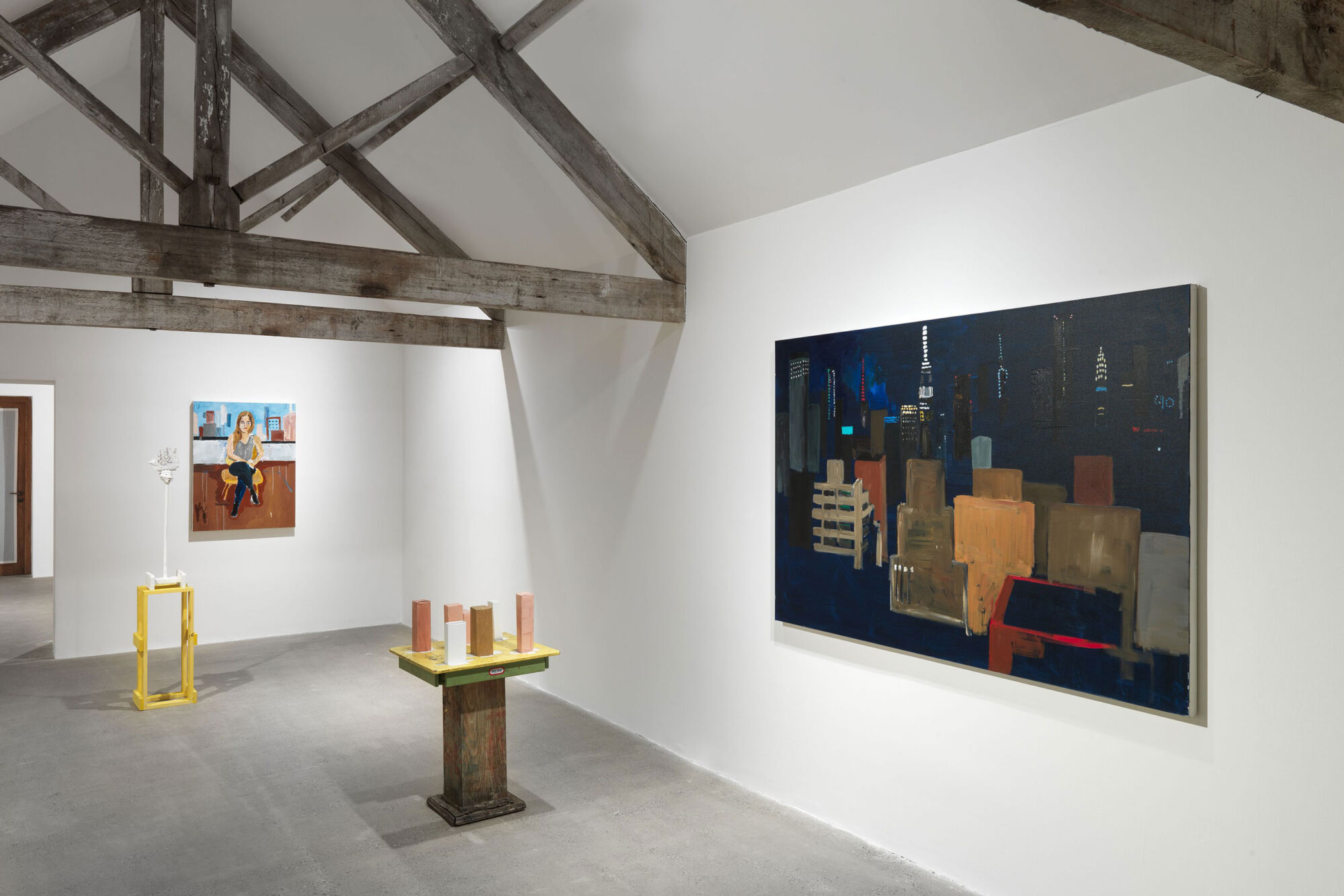
Above Installation view ‘Henry Taylor’ Hauser & Wirth Somerset 2021
Photo: Ken Adlard
Courtesy the artist and Hauser & Wirth © Henry Taylor

Above Installation view ‘Henry Taylor’ Hauser & Wirth Somerset 2021
Photo: Ken Adlard
Courtesy the artist and Hauser & Wirth © Henry Taylor
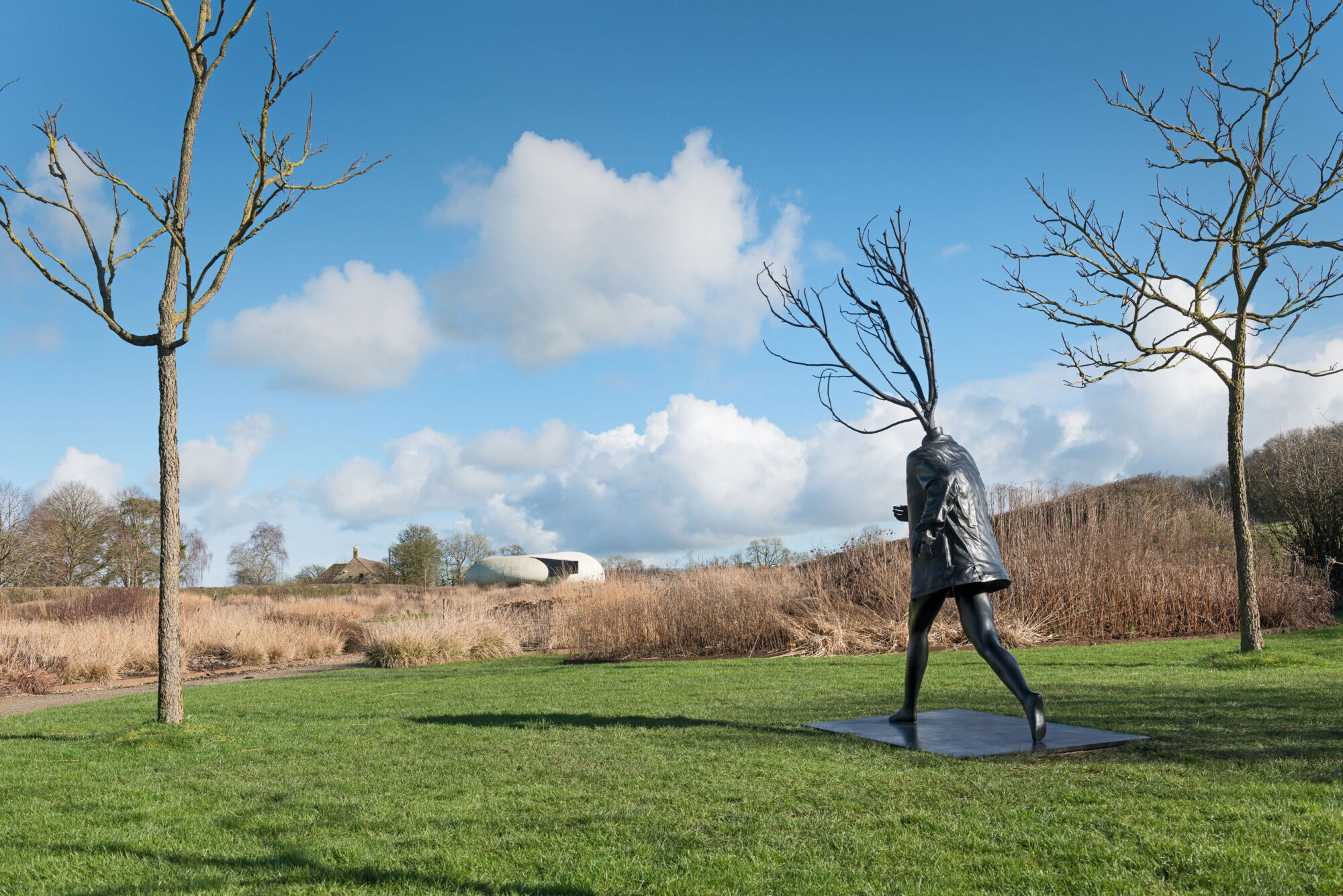
Above Henry Taylor
Untitled
2020
Bronze
294.6 x 207 x 101.6 cm / 116 x 81 1/2 x 40 in
Photo: Ken Adlard
Installation view ‘Henry Taylor’ Hauser & Wirth Somerset 2021
Photo: Ken Adlard
Courtesy the artist and Hauser & Wirth © Henry Taylor
